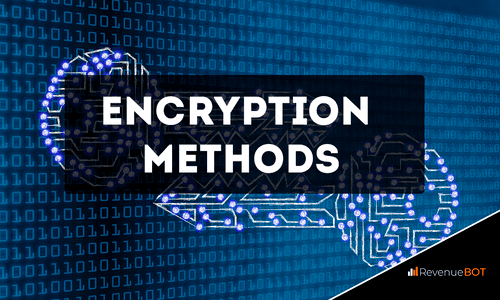
Judging by the views on the previous article, which was related to the anonymous purchase of a cryptocurrency, our readers are very interested in the issue of keeping a person secret. This article will talk about ways to anonymize – what it is and how it works.
When Satoshi Nakamoto created Bitcoin, he gave people the opportunity to conduct cross-border transactions, with minimal commissions, but most importantly, to keep their identity secret. A man didn’t have to provide documents like a bank. You make a wallet, you buy bitcoin, you send it – you can do all that without proof of identity today. You can read it here.
There is one nuance to this process: complete anonymity when using cryptocurrencies is not guaranteed. Yes, the documents will not be asked for, but your transactions can be traced. It is a blessing that such software is not yet in the public domain, at least not yet. For example, the Securities and Exchange Commission of the United States stated as early as 2020 that they have software that tracks transactions in Monero, an anonymous cryptocurrency.
In addition, it is now problematic to buy a cryptocurrency without providing personal data, as many crypto exchanges have introduced mandatory verification.
Bitfury had already done research in 2018, and what they found is that about 16 percent of bitcoin purses are traceable. So the cryptocurrency isn’t as anonymous as you’d like it to be.
The lack of cherished anonymity in cryptocurrencies led the community to create various encryption methods. As always, the use of these encryption techniques does not guarantee complete anonymity, but it increases the probability of your true identity not being revealed.
To understand how each of the following ways works, one must understand what the transaction consists of. Each transaction can be divided into three parts:
- Login. Indicates where the funds that will be transferred through this transaction came from.
- Exit. Address to which funds will be sent in the transaction.
- Technical and service information. We will not go into details here, as this is not much needed information to understand.
An important criterion when conducting a transaction: the sum at the input and output must coincide, or at the output must be higher. Let’s talk about the available methods in order.
CoinJoin method
This method is the creation of one common transaction from several users, let us give an example: Trisha, Trevor and Alex decided to pay in Bitcoin for freelance services, but they do not want their transactions to be traced by competitors because they can “watch” how much and who they pay. In this case, all three applicants join together and turn to the service. The service creates one common transaction that has three inputs, three outputs (each of the freelancers) and three “false” outputs. All outputs are mixed in a random order, after which each of the senders checks the received transaction and, if it is correct, signs the input it needs. All outputs are mixed in a random order, after which each of the senders checks the received transaction and, if it is correct, signs the input it needs. If all three transactions have been confirmed by senders, it goes to blockchain and awaits confirmation from the network. You need to use VPN to communicate between participants. This method makes it very difficult to track transactions, as it may have a thousand origins, but does not eliminate it completely. This method has several modifications:
- Chaumian CoinJoin. Here you have an operator whose task is to mix inputs and outputs as well as to make the final transaction. The operator does not have access to the means of the participants in the given process, because before sending, they “blind” all the information and only after receiving the transaction back, the sender removes “blinding”. The “blinding” process itself is similar to a normal electronic signature. VPN must be used to execute this process;
- CoinShuffle. This method no longer requires the strict availability of VPN. Here users themselves can create a transaction, with the required number of outputs. False addresses are generated, where the means of each of the participants should go, everyone knows about them, but do not tell each other about it. Each party then generates a new key pair, after which they exchange public keys. After all of this, a chain is formed in which each member signs the transaction with a personal key.
Confidential Transactions method
This method has the following working principle: the third party can never know the amount of the transaction at the input and output, but the sum of the output was definitely not greater than the sum of the input. Confidential Transactions is based on a cryptographic zero-knowledge proof – which allows only a fraction of the transaction information to be known.
Ring Confidential Transactions method
This method is known as “Ring Signatures”, which confuses the history of the cryptocurrency as follows: there are several exits, one of them marked with a ring signature, but only the sender of the funds knows which. This method is used in the Monero cryptocurrency. For the first time, ring labels were used in the CryptoNight algorithm.
Stealth Addresses method
The process is as follows: you want to send a payment to your partner and for this purpose, take from him a public key as well as your own public and private key. With these you generate a new one-time public key, which is listed in the transaction as the address. It turns out that, apart from you and your recipient, no one will know the exact destination address, which significantly increases the confidentiality of the transaction.
Conclusion
It’s going to seem very complicated for the non-printing industry, but if you want to keep your anonymity, you have to use these methods. And while you’re at it, turn your attention to RevenueBot. The service provides the possibility to create trading bots for trading on topical crypto exchanges.
